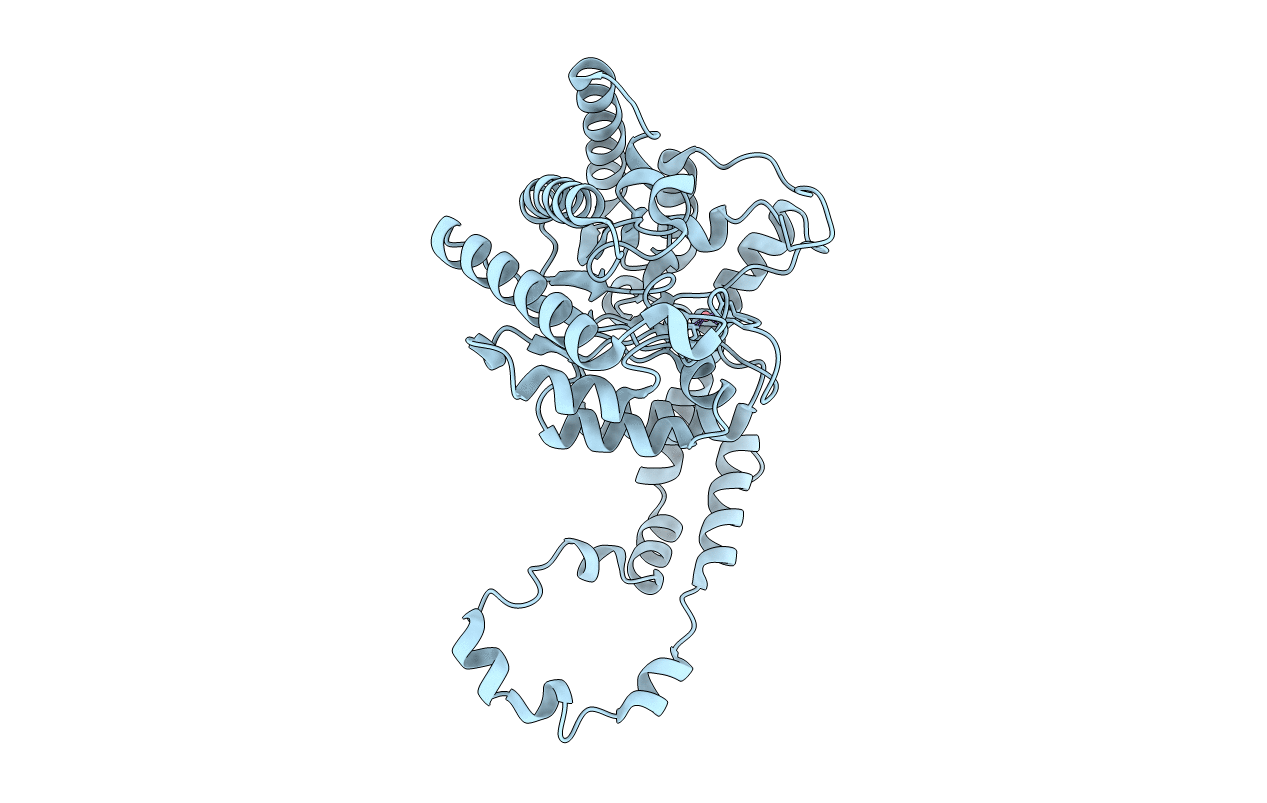
Deposition Date
2021-02-16
Release Date
2021-06-16
Last Version Date
2024-01-31
Entry Detail
PDB ID:
7NJG
Keywords:
Title:
Xylose isomerase grown inside HARE serial crystallography chip
Biological Source:
Source Organism:
Streptomyces rubiginosus (Taxon ID: 1929)
Host Organism:
Method Details:
Experimental Method:
Resolution:
1.90 Å
R-Value Free:
0.24
R-Value Work:
0.20
R-Value Observed:
0.20
Space Group:
I 2 2 2


